Osh Region. Airfield in the village of Chek-Abad. Destroyed warehouse of outdated pesticides.
Coordinates: 40.520901, 72.409328
In the Osh region, according to previous inventories, two sites were identified, both of which had clear coordinates (WS-214 warehouse in the village of Saray (managed by the Ministry of Defense); WS-215 airfield in the village of Chek-Abad).
At the WS-215 airfield site in the village of Chek-Abad, the area was completely excavated, with a large amount of construction and household waste present. According to local residents, the last barrels were taken away by the military.
The point is located near agricultural lands (the warehouse is completely destroyed, no signs of hazardous substances have been found, and there is no odor). The area is completely abandoned and has parts of destroyed buildings. The total amount of contaminated soil is difficult to estimate, but there are contaminated areas with an approximate volume of 5 cubic meters.
The WS-214 warehouse in the village of Saray is managed by the Ministry of Defense (a restricted facility). It is impossible to establish the presence of a warehouse that meets safety requirements, as access to the restricted facility is limited by the security of the Armed Forces of the Kyrgyz Republic. There are reporting data on repackaging. The repackaged waste containing outdated pesticides was not officially transferred to the Ministry of Defense upon the transfer of 12 hectares of land where the warehouse with repackaged pesticides was located. Waste passports are absent.
To date, despite the abundance of previously implemented projects for the inventory of outdated pesticides, contrary to national legislation:
• there are no laboratory data bases on the composition of the waste;
• waste passports are absent;
• regular monitoring of the condition of outdated pesticide waste is not conducted (only within the framework of international projects);
• there is no executive authority responsible for the storage and disposal of waste;
• insufficient laboratory capacity for conducting analyses on outdated pesticides, including POPs;
• information on the composition of outdated pesticides is absent in the inspecting authorities;
• further research is required on the owners of certain warehouses/land where points with outdated pesticides are located.
• training for local government employees, inspecting and controlling authorities is necessary;
• it is necessary to tighten responsibility for improper handling of hazardous waste.
Conclusions
In accordance with the Stockholm Convention on POPs (Article 6 (d) (ii)), waste containing POPs must be destroyed. To find environmentally acceptable methods for the disposal of outdated pesticides, the exact composition of the waste is necessary. For this, it is essential to address the issue of equipping laboratories, training personnel, and obtaining accreditation in accordance with GOST ISO/IEC 17025-2019.
In addition, it is necessary to continuously monitor the condition of pollution points with outdated pesticides and to repack and place the waste in a temporary storage facility that meets national legislation requirements. Repackaging, construction of a temporary storage facility, and disposal must be accompanied by an environmental impact assessment procedure and obtaining a positive conclusion from the state ecological expertise. For all waste, the owner must provide waste passports and obtain permits for the storage of hazardous waste.
The process of storing and disposing of hazardous waste must be under the control of environmental inspection authorities.
For this, it is necessary to initiate the process of maximum legalization of the data obtained from the inventory.
Previous inventories did not serve as a basis for creating a monitoring system for the management of outdated pesticides. As a result, a large volume of uncontrolled hazardous waste has become a threat to the environment, life, and health of the population living near the sites of outdated pesticides.
Full report on the inventory of outdated pesticides (OP) in Chui, Talas, Naryn, Issyk-Kul, Jalal-Abad, Osh, and Batken regions
The area has been completely excavated, with a large amount of construction and household waste present. No signs of hazardous substances have been found, and there is no odor. According to local residents, the last barrels were taken away by the military. Soil contamination is possible. Nitrofen - 3 barrels x 25 liters. containers = 75 liters.
In the Osh region, according to previous inventories, two sites were identified, both of which had clear coordinates (WS-214 warehouse in the village of Saray (managed by the Ministry of Defense); WS-215 airfield in the village of Chek-Abad).
At the WS-215 airfield site in the village of Chek-Abad, the area was completely excavated, with a large amount of construction and household waste present. According to local residents, the last barrels were taken away by the military.
The point is located near agricultural lands (the warehouse is completely destroyed, no signs of hazardous substances have been found, and there is no odor). The area is completely abandoned and has parts of destroyed buildings. The total amount of contaminated soil is difficult to estimate, but there are contaminated areas with an approximate volume of 5 cubic meters.
The WS-214 warehouse in the village of Saray is managed by the Ministry of Defense (a restricted facility). It is impossible to establish the presence of a warehouse that meets safety requirements, as access to the restricted facility is limited by the security of the Armed Forces of the Kyrgyz Republic. There are reporting data on repackaging. The repackaged waste containing outdated pesticides was not officially transferred to the Ministry of Defense upon the transfer of 12 hectares of land where the warehouse with repackaged pesticides was located. Waste passports are absent.
To date, despite the abundance of previously implemented projects for the inventory of outdated pesticides, contrary to national legislation:
• there are no laboratory data bases on the composition of the waste;
• waste passports are absent;
• regular monitoring of the condition of outdated pesticide waste is not conducted (only within the framework of international projects);
• there is no executive authority responsible for the storage and disposal of waste;
• insufficient laboratory capacity for conducting analyses on outdated pesticides, including POPs;
• information on the composition of outdated pesticides is absent in the inspecting authorities;
• further research is required on the owners of certain warehouses/land where points with outdated pesticides are located.
• training for local government employees, inspecting and controlling authorities is necessary;
• it is necessary to tighten responsibility for improper handling of hazardous waste.
Conclusions
In accordance with the Stockholm Convention on POPs (Article 6 (d) (ii)), waste containing POPs must be destroyed. To find environmentally acceptable methods for the disposal of outdated pesticides, the exact composition of the waste is necessary. For this, it is essential to address the issue of equipping laboratories, training personnel, and obtaining accreditation in accordance with GOST ISO/IEC 17025-2019.
In addition, it is necessary to continuously monitor the condition of pollution points with outdated pesticides and to repack and place the waste in a temporary storage facility that meets national legislation requirements. Repackaging, construction of a temporary storage facility, and disposal must be accompanied by an environmental impact assessment procedure and obtaining a positive conclusion from the state ecological expertise. For all waste, the owner must provide waste passports and obtain permits for the storage of hazardous waste.
The process of storing and disposing of hazardous waste must be under the control of environmental inspection authorities.
For this, it is necessary to initiate the process of maximum legalization of the data obtained from the inventory.
Previous inventories did not serve as a basis for creating a monitoring system for the management of outdated pesticides. As a result, a large volume of uncontrolled hazardous waste has become a threat to the environment, life, and health of the population living near the sites of outdated pesticides.
Full report on the inventory of outdated pesticides (OP) in Chui, Talas, Naryn, Issyk-Kul, Jalal-Abad, Osh, and Batken regions



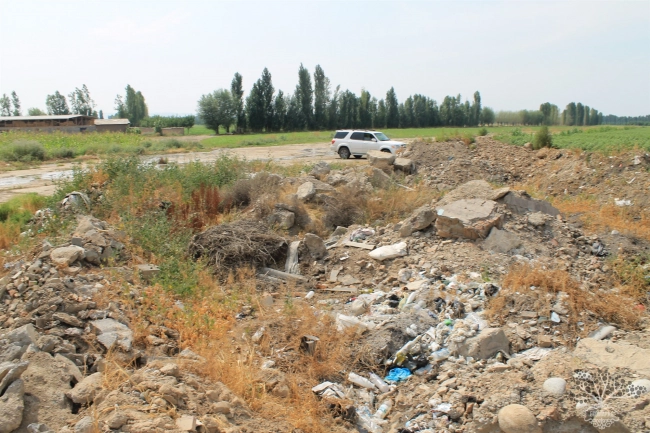

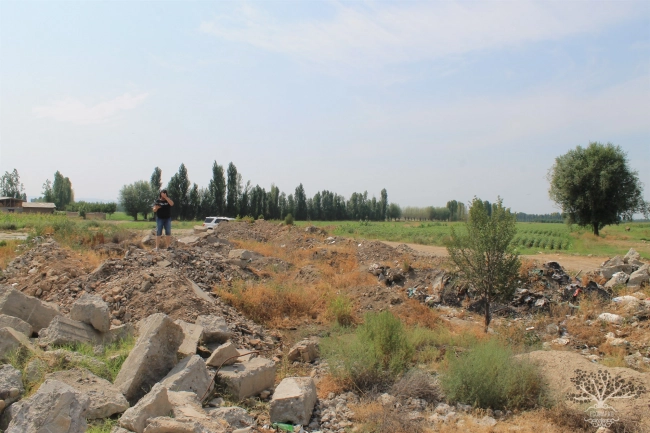
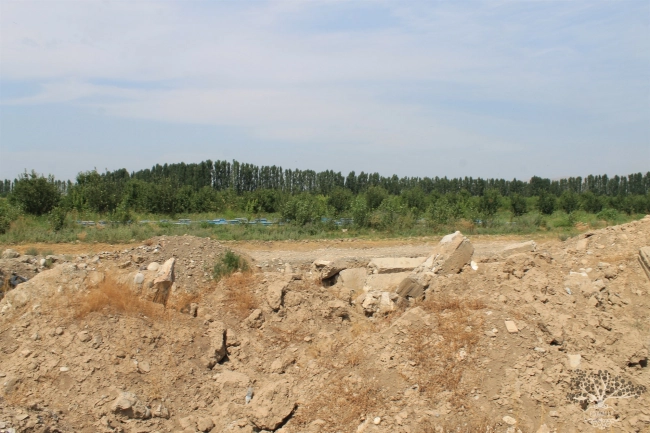
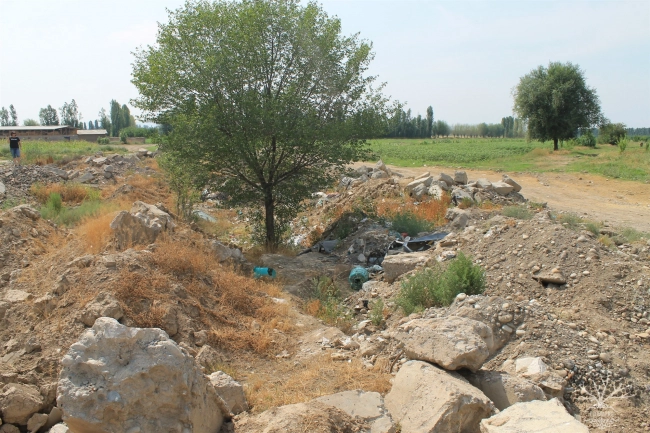
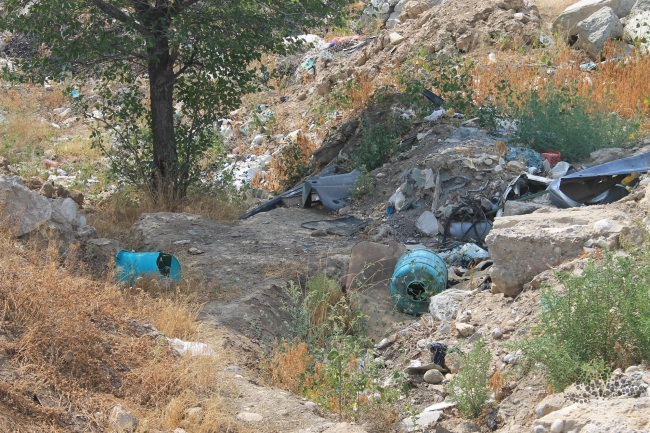
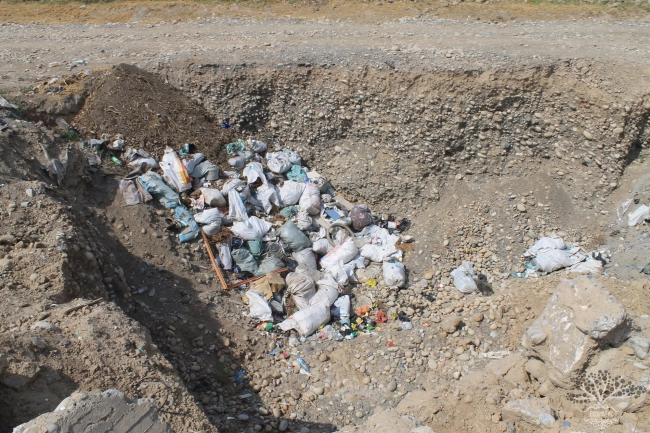
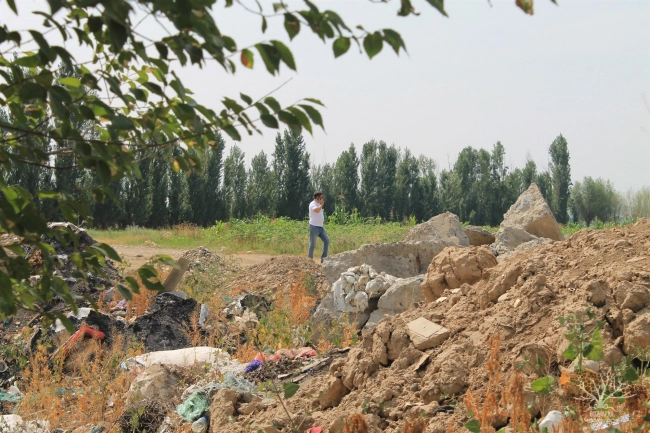
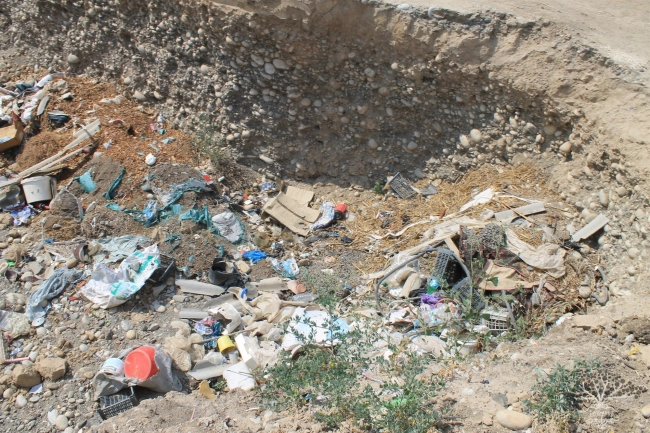

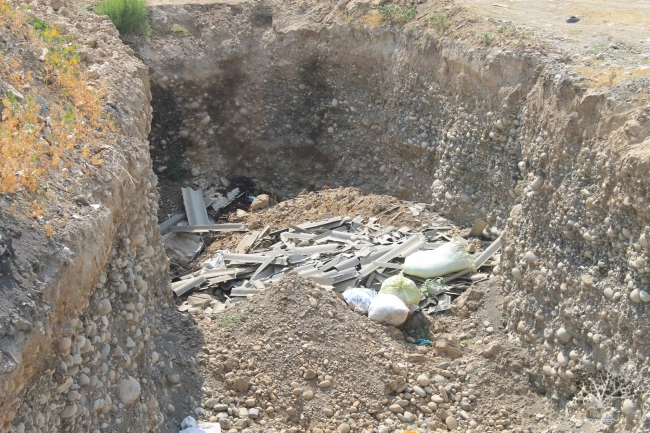
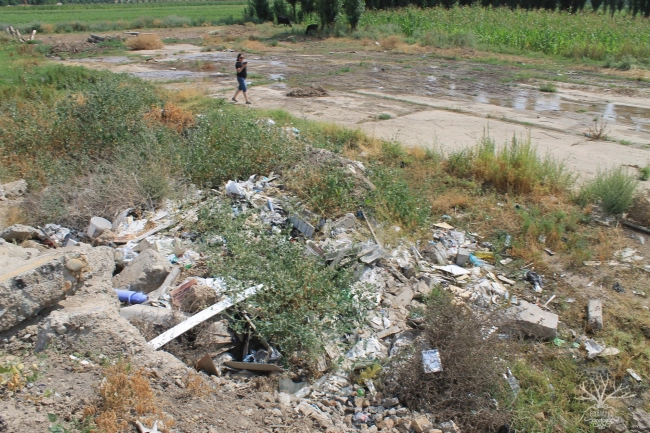
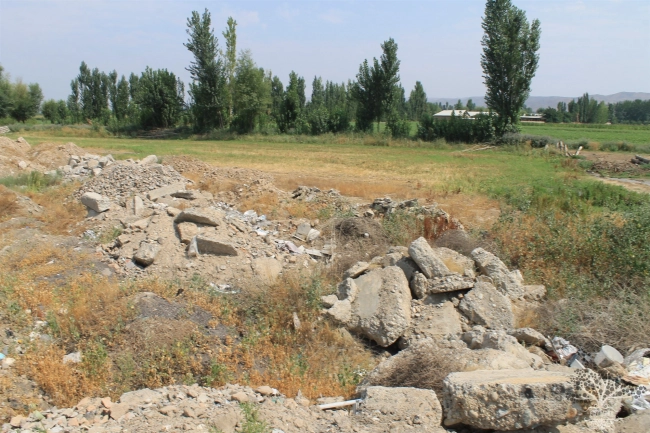
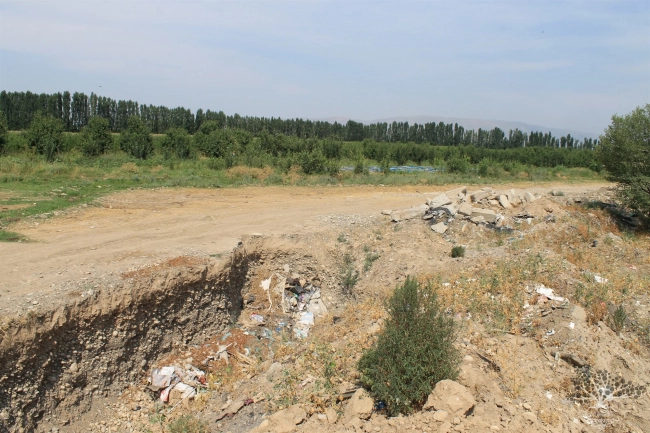


















Attention: Information based on submitted complaints